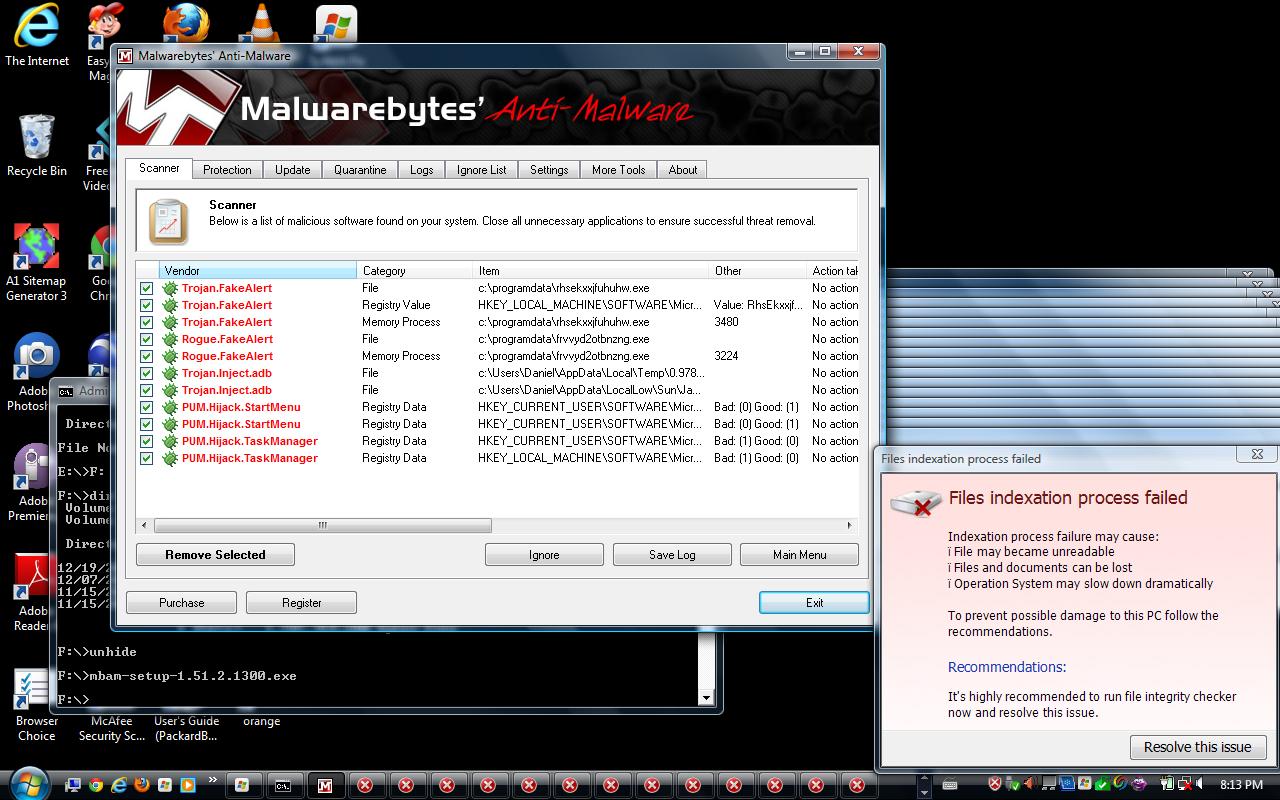How Can I Manually Clean My Pc
Editor’s note: This article was revisited in July 2016 to make sure all of the programs that were tested are still available, and they were all rerun on a modern, Windows 10 PC to verify compatibility. Let’s start with a little quiz. I say, “Big, bloated, and full of errors.” What do you say? Right, “Windows Registry.” One more: “Messing with it is risky.” If you guessed the registry again, you pass.
You can create, remove, copy, rename, and modify registry entries for your own customization. However, to perform such tasks, you must possess an advanced level of knowledge and experience. However, novice users are recommended to use Registry Recycler, which is free and reliable to fix and clean Windows registry.
How Can I Manually Clean My Fire Hd 8 Cache
While fooling around with your Windows registry does involve some risk, cleaning it out can have a positive impact on your PC’s overall performance. The Windows registry is a repository for a massive collection of details about your computer—where programs are stored, which helper programs (known as DLLs) are shared among your various applications, listings of all your Start menu shortcuts, and pointers to the programs that fire up when you click on an icon. And that’s just the beginning. The dark and scary place known as the Windows registry. Practically everything you do in Windows is recorded in the registry. For instance, the URL for this article probably has an entry now, somewhere. The paths to the last dozen or so images or documents you opened are there, too, as are the details of the programs you have installed or uninstalled.
Here’s the problem: If you pry open the registry, you’ll find it about as cluttered as a teenager’s bedroom. That’s because Windows doesn’t efficiently clean up after itself as it goes about its daily business. It constantly creates new entries, but seldom—if ever—removes old entries after they’re no longer needed. Compounding this problem is the fact that applications are usually too inept to uninstall all of the registry entries they create. Far too often, program updates and installers leave unneeded pointers in the registry, so the registry becomes bloated with unnecessary entries, slowing down your system.
Registry cleaners: Boon or boondoggle? The big question we’re asking in this piece is whether a registry cleaner will indeed speed up your PC, making it boot more quickly and run faster.

The answer is, emphatically and unequivocally, maybe. That’s right, a big, fat perhaps—because everything depends on the condition of your registry. It also depends on the effectiveness of the registry cleaner you choose, and there are a lot to choose from.
To find out which registry cleaner catches the most errors, is the safest and easiest to use, and (just as important) creates the fewest hassles, we tested five popular registry cleaners, many of which came recommended by PCWorld readers. We examined two free products (Advanced Windows Care and RegSeeker) and three commercial ones (jv16 PowerTools, Registry First Aid, and RegSupreme Pro). We tried each tool on three computers: a messy work PC using Windows XP SP3, on a pristine Fujitsu Lifebook T-Series laptop running Vista, and on an old ThinkPad laptop.* We ran the registry scan and repair module of each application, rebooted the system, and watched for problems that would indicate that the “cleaning” process broke something. We also tried to determine whether the system seemed friskier post-cleanse. After each test, we restored the systems to their original state of disarray with Acronis TrueImage. (Read a and.) Before we reveal the results, we offer some important tips to keep in mind before, during, and after your forays into the registry.

How Can I Manually Clean My Pc Windows 7
Being prepared for what's involved and taking the proper precautions are critical to making this a successful undertaking. If you want to skip ahead to the results, you can click the entry for each program in the table of contents on the left. *All programs were re-tested on a modern, Windows 10 PC to verify compatibility.
You’ll find the Disk Cleanup tool in the old Windows Control Panel; just right-click the Start menu to get there. Among the biggest space hogs that Disk Cleanup found on my system were several gigabytes worth of so-called “temporary files,” or spare data from my various programs that are supposed to be regularly purged. Software penjualan ticket pelni batam. The tool also found 274 MB of setup files used by Microsoft Office (which you don’t really need as long as you have your physical Office DVDs handy, or if you’re an ), 183 MB of “system error memory dump files” (which you can safely deep-six), and 164 MB of temporary Internet files, not to mention 116 MB of garbage sitting in the desktop recycle bin.
The Disk Cleanup tool gives you a nice overview of all the junk files on your Windows 10 system, with files that you can delete without a second thought already checked. You can also click on other items in the list and decide whether you keep them or lose them after reading a brief description. Getting started with the Disk Cleanup tool First, right-click the Start menu in the bottom-left corner of the screen, then click Control Panel. Once you’ve opened the Control Panel, you’ll find the “Free up disk space” link under the Administrative Tools heading.